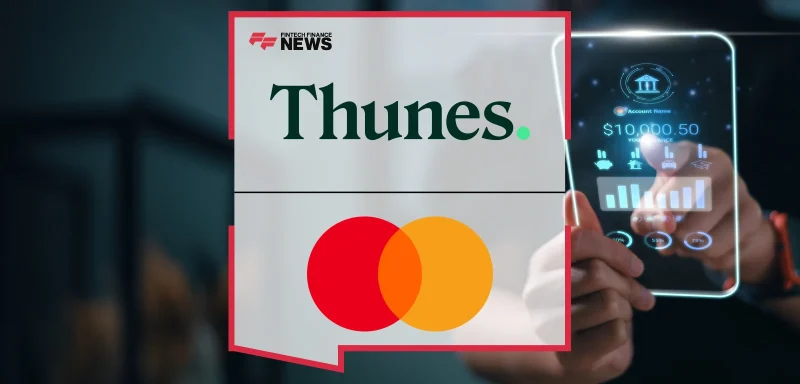Mastercard has formed a new partnership with Thunes to bring near-instant stablecoin payouts to users worldwide. The collaboration expands Mastercard’s payment network by adding the ability to send money directly to stablecoin wallets, placing digital assets even closer to mainstream financial flows.
Expanding Mastercard’s Global Payment Rails
Through this deal, Mastercard’s Move platform now supports transfers to cards, bank accounts, cash outlets and, for the first time, stablecoin wallets. Thunes’ Direct Global Network powers the connection, allowing banks, fintechs and payment providers to offer stablecoin payouts around the clock.
This upgrade unlocks several key benefits:
- Access to regulated stablecoins such as USDC and USDT
- Ability to send payouts across more than 130 countries
- Faster settlement times for freelancers, gig workers and cross-border earners
- Fewer conversion steps and lower transaction friction
Thunes’ unified API merges fiat and stablecoin rails, making it easier for companies to build global payment features without juggling multiple systems. Mastercard continues to reinforce its digital-asset strategy as well, following earlier moves to support stablecoin merchant settlements and wallet-linked cards.
Why This Partnership Matters
The agreement highlights how fast the stablecoin market is expanding. Growing transaction volume and better regulatory clarity have encouraged more institutions to explore digital-asset settlement. Mastercard already supports several regulated stablecoins, including USDC, FIUSD, PYUSD and USDG, while emphasizing compliance and security.
Thunes has also become a major player in cross-border payouts by connecting wallets, bank accounts and cards worldwide. Its newer Pay-to-Stablecoin-Wallets feature made this collaboration a natural next step.
However, the shift toward stablecoin rails could eventually reshape the competitive landscape. Some analysts warn that if consumers rely more on stablecoin payouts, they may use traditional card rails less often.
Opportunities and Challenges
For banks, payment providers and fintech platforms, this partnership opens a new global rail: receiving funds straight into a stablecoin wallet. That capability could enhance a wide range of services, including remittances, gig-economy payouts, treasury operations and crypto-native business models.
Adoption, however, will depend on several factors:
- User readiness and comfort with stablecoin wallets
- Regulatory scrutiny, especially in emerging markets
- Liquidity management across multiple stablecoins
- Smooth integration across jurisdictions
Mastercard’s executives have expressed the long-term goal of making stablecoin payments feel as seamless as traditional methods. The partnership with Thunes moves that vision closer, signaling that digital-asset payouts are rapidly entering the mainstream and that traditional networks are evolving to meet the moment.
